Unlock the secrets to savvy grocery shopping with these five super-simple tips.
Picture this: strolling down the aisles of your favorite grocery store, armed with a shopping list, a budget in mind, and the determination to make every dollar count. But wait, there's more to the art of grocery shopping than meets the eye! If you're a culinary enthusiast eager to whip up gourmet meals without breaking the bank, you're in for a treat. In this blog post, we've gathered five tips for smart grocery shopping that will elevate your culinary adventures while effortlessly fitting into your daily routine and going easy on your pocketbook.
Gone are the days of feeling overwhelmed by grocery choices or falling victim to impulse buys. Our expert advice will not only appeal to your taste buds but also leave your wallet thanking you. Each tip is designed with you in mind - the aspiring home chef, the health-conscious foodie, the discerning shopper seeking the finest ingredients at the best prices.
From unlocking the secrets of meal planning wizardry to uncovering hidden gems on store shelves, these tips are your golden ticket to becoming a grocery shopping guru. So, whether you're simply juggling family meals or a culinary adventurer embarking on a gastronomic journey, these five simple strategies will revolutionize the way you shop - with no extra effort required.
Prepare to embrace a new era of grocery shopping where savings, taste, and convenience coexist harmoniously. Now, let's dive into the wonderful world of smart grocery shopping together.
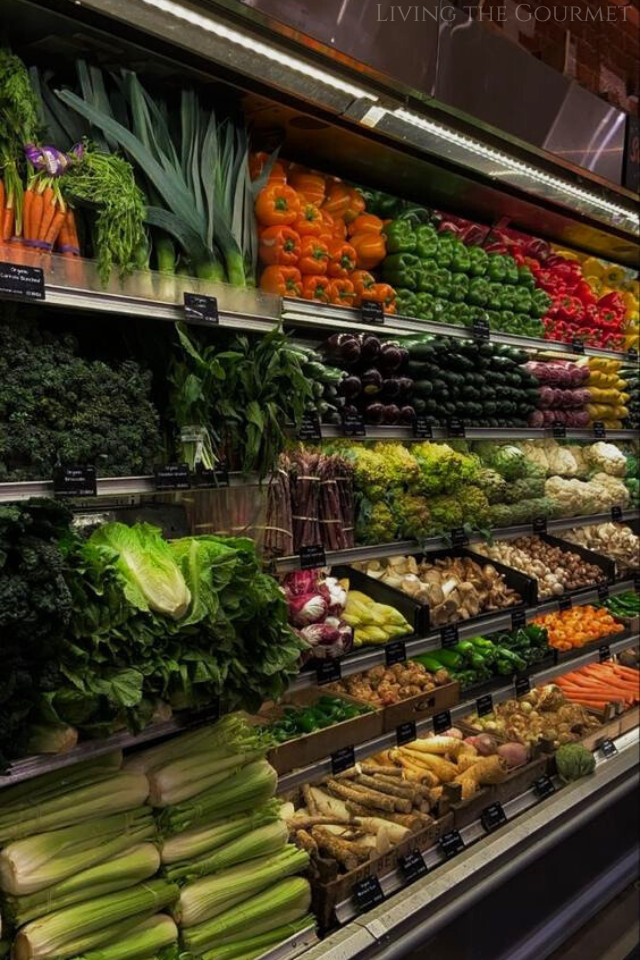
Tip One - Plan and Categorize Your Grocery List
Making a meal plan and grocery list is a cornerstone of savvy grocery shopping on a budget. It helps you stay organized, reduce food waste, and make informed choices. Here are some ways to create a meal plan and grocery list, along with the benefits of each approach:
- Weekly Meal Planning:
Plan your meals for the entire week, considering breakfast, lunch, dinner, and snacks. This approach allows you to create balanced and nutritious meals, making it easier to shop for specific ingredients and avoid unnecessary purchases. It also saves time during busy weekdays, as you already know what to cook each day. - Theme-based Meal Planning:
Organize your meal plan around specific themes, such as Meatless Mondays, Taco Tuesdays, or Pasta Wednesdays. This adds variety to your meals while simplifying your grocery list. By focusing on particular themes, you can buy ingredients in bulk and save money in the long run. - Seasonal Ingredient Planning:
Align your meal plan with seasonal produce. Seasonal ingredients are often fresher, more flavorful, and cost-effective. Additionally, planning meals around seasonal items can inspire culinary creativity and introduce you to new recipes. - Inventory-Based Meal Planning:
Before creating your meal plan, take stock of what ingredients you already have in your pantry, fridge, and freezer. Build your meals around these items to minimize waste and save money. This method also helps you rotate older items and prevents them from expiring. - Grocery List Categories:
Organize your grocery list into categories like produce, dairy, pantry staples, and meat. This layout saves time in the store, prevents backtracking, and ensures you don't forget essential items. It also makes it easier to compare prices and stick to your budget.
By adopting these meal planning and grocery list strategies, you'll not only optimize your shopping experience but also foster a healthier, cost-conscious cooking routine. Say goodbye to impulsive purchases and hello to delicious, well-thought-out meals that satisfy both your palate and your wallet.
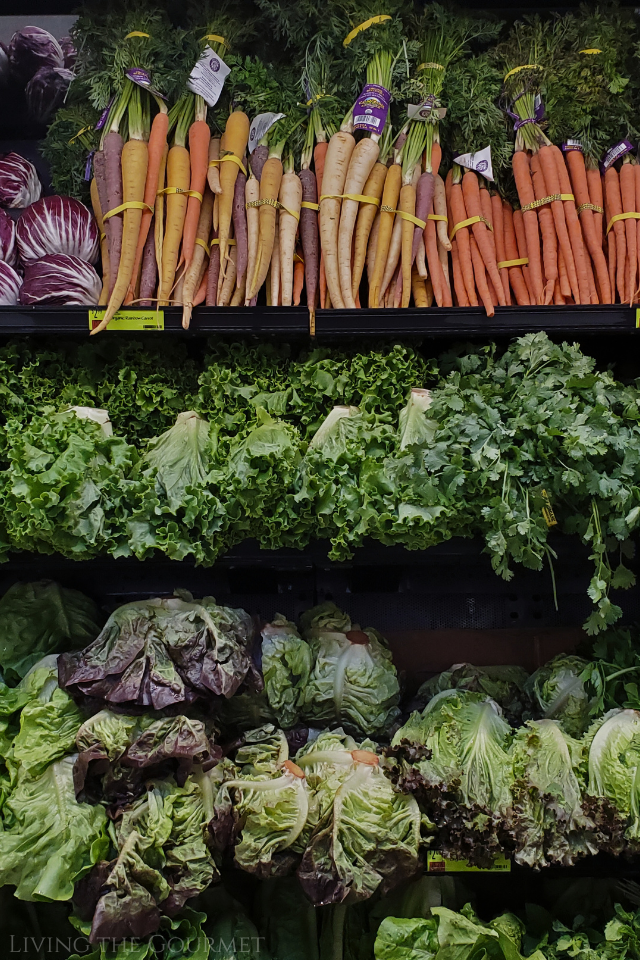
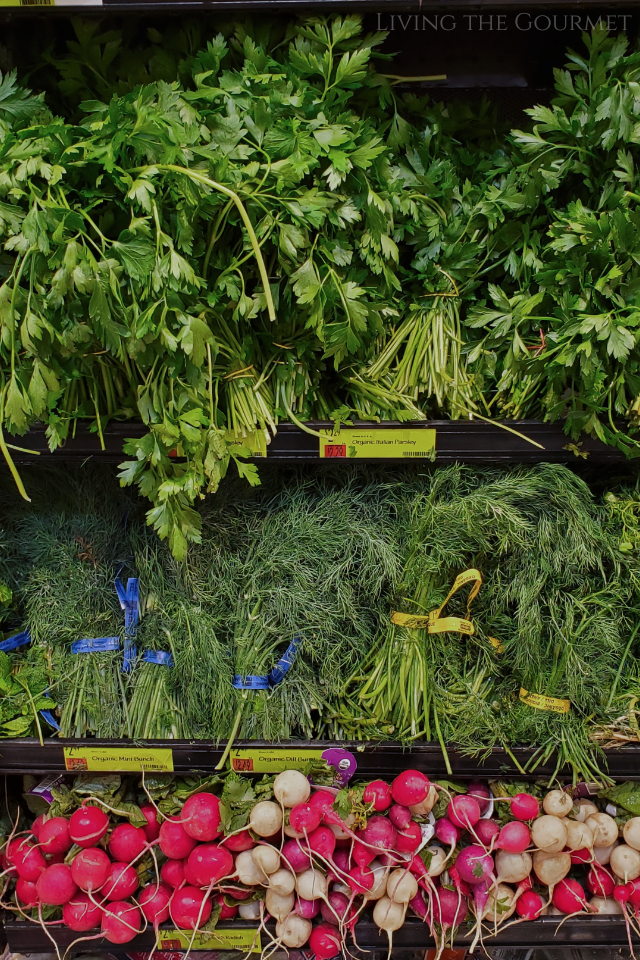
Tip Two: Price Matching and Coupon Hunting
When it comes to looking for coupons and sales to save money on grocery shopping, modern technology has made the process more accessible and efficient than ever. Many major supermarkets now have their own dedicated apps that streamline the couponing and price matching process. Here's how these apps can be utilized and how they tie into price matching:
- Supermarket Apps for Digital Coupons:
Most major supermarkets offer their own mobile apps, allowing customers to access digital coupons directly on their smartphones. These coupons can be easily browsed on the go, and then applied at checkout. The convenience of digital coupons means you no longer need to clip physical ones or remember to bring them to the store, making saving money hassle-free. - Personalized Offers and Recommendations:
Supermarket apps often provide personalized offers and recommendations based on your shopping habits and preferences. By analyzing your purchase history, these apps may suggest relevant coupons and deals, tailored to the items you frequently buy. This targeted approach helps you save on products you actually use and enjoy. - Weekly Sale Flyers and Circulars:
Supermarket apps commonly include weekly digital sale flyers and circulars. These digital versions of traditional paper advertisements showcase the current deals, discounts, and promotions available at the store. Instead of flipping through printed flyers, you can quickly browse the app to find the best offers. - Price Matching Feature:
Many supermarket apps incorporate a price matching feature, where they compare their prices with competitors' prices. If a competitor offers a lower price on an identical item, the app may provide you with the option to claim the lower price at the checkout. This ensures that you get the best deal without having to visit multiple stores. - Scanning and Barcode Search:
Some apps have a scanning feature that allows you to scan barcodes while shopping to check for any available coupons or discounts on that specific product. Additionally, you can use the barcode search function to find items and see if there are any related deals. - Digital Shopping Lists:
Supermarket apps often come with a built-in digital shopping list feature. As you plan your meals and make your grocery list, you can easily add items to the app. The app may then notify you of relevant coupons or discounts for the items on your list.
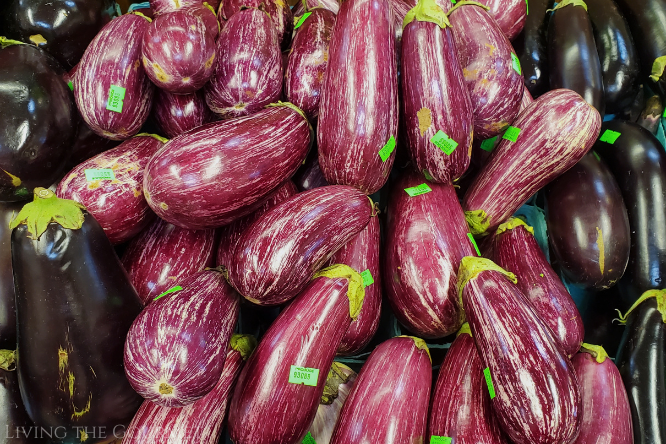
Tip Three: Generics and Store Brands - Pros and Cons
Shopping store brands and generics can offer significant benefits, especially for budget-conscious consumers. Here are the advantages of opting for store brands and generics, along with a comparison of price versus quality:
- Cost Savings:
Let's get this one out of the way. The most obvious advantage of store brands and generics is cost savings. They are often more affordable than their branded counterparts because they don't incur high marketing expenses. Shopping these options can lead to considerable savings over time, allowing you to stretch your grocery budget further. - Comparable Quality:
Many store brands and generics are formulated to closely match the quality and taste of well-known brands. With advancements in food manufacturing and quality control, the difference in taste and texture between branded and generic products has significantly decreased. In many cases, consumers find store brands just as satisfying as more expensive alternatives. - Private Label Gourmet Options:
Many upscale supermarkets have introduced private-label gourmet lines. These premium store brands cater to foodies and aspiring home chefs, offering unique, high-quality products at a more affordable price than premium branded items. - Expanding Variety:
Store brands and generics now cover a wide range of products, from basic staples like canned goods and pasta to specialty items like organic, gluten-free, and vegan options. This expanded variety allows consumers with specific dietary needs to find affordable choices without compromising on quality. - Blind Taste Tests:
Blind taste tests conducted by various organizations and media outlets have often shown that consumers can't consistently differentiate between store brands and branded products in terms of taste and quality. This evidence highlights the comparable nature of many store-brand items.
However, it is essential to consider that there may still be instances where branded products offer unique qualities or specialty ingredients that store brands don't replicate. For some individuals, the brand name itself carries a certain perceived value or trustworthiness. Additionally, certain branded products may have a stronger focus on ethical sourcing or sustainability.


Tip Four: Shop the Perimeter
By and large, the perimeter of the grocery store is where the produce and perishables are, as noted by the Mayo Clinic and Wharton. With that in mind, let's talk about why you should the shop the perimeter first.
- Access to Fresh Produce and Perishables:
The perimeter of the supermarket is typically where you'll find fresh produce, meat, dairy, and other perishable items. Starting here allows you to prioritize purchasing these items first while they are at their freshest. Fresh produce is an essential component of a healthy diet and shopping for it first ensures you're more likely to include a variety of nutritious foods in your meals. - Reduced Impulse Buying:
By beginning with the perimeter, you're less likely to encounter tempting, non-essential items that are often displayed in the aisles. This reduces the likelihood of impulse buying, which can add unnecessary costs to your grocery bill. Sticking to your shopping list and focusing on fresh ingredients can help you stay on track with your budget. - Meal Planning Efficiency:
Shopping the perimeter first allows you to plan your meals around the fresh ingredients you've selected. You can then make a more precise list of non-perishable items needed from the aisles to complement your meals. This approach minimizes food waste since you're buying exactly what you need for your planned recipes. - Healthier Choices:
The outer perimeter typically houses the healthier food options, such as fruits, vegetables, lean proteins, and dairy. By prioritizing this section, you're emphasizing nutrient-dense choices and minimizing exposure to heavily processed or unhealthy snacks found in the center aisles. - Discovering Seasonal Sales:
Seasonal sales and discounts on fresh produce are common. By starting with the perimeter, you can take advantage of these deals and potentially save on costlier items. Buying seasonal produce in bulk during sales and preserving or freezing them can lead to long-term savings.
By adopting this approach to grocery shopping, you prioritize fresh, nutritious foods, minimize impulse buying, and make more intentional decisions based on your meal plan. This can lead to significant cost savings, reduced food waste, and a healthier, more satisfying eating experience.
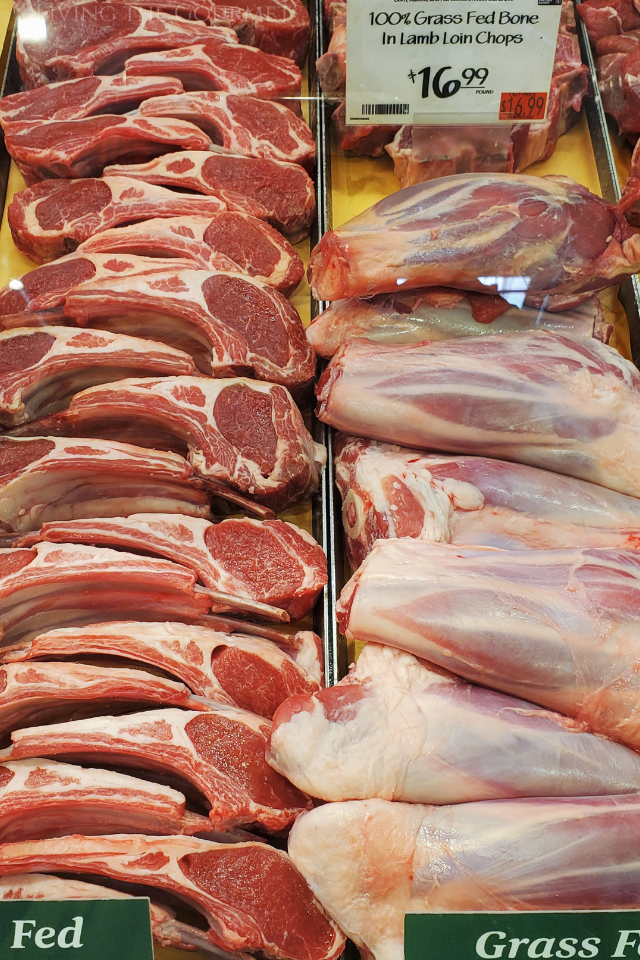
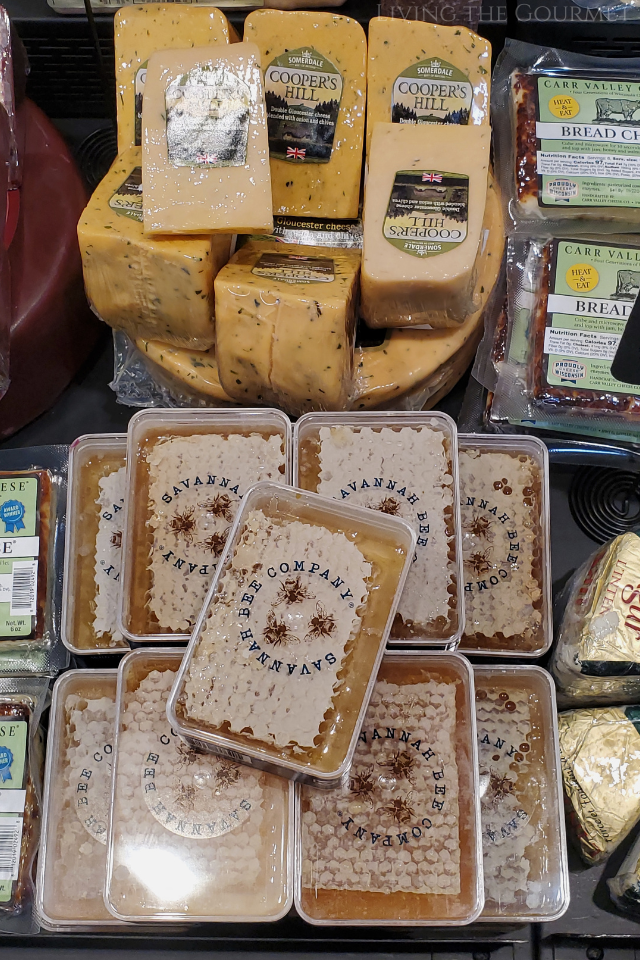
Tip Five: High and Low Shopping
Looking both high and low on store shelves for the best deals is a savvy grocery shopping strategy that offers numerous benefits, particularly when it comes to cost savings. Here's why searching high and low is a good idea, with a focus on its potential benefits, especially on cost:
- Finding Bargains and Discounts:
Retailers often place discounted items on higher or lower shelves. By looking both high and low, you increase your chances of finding hidden bargains and special discounts that might otherwise go unnoticed. - Comparing Prices:
Different brands and sizes of the same product are often placed at varying shelf heights. By scanning both high and low shelves, you can easily compare prices to identify the most cost-effective options. In some cases, the store's own brand or generic version might be positioned at a lower level, offering significant savings. - Avoiding Eye-Level Marketing:
Eye-level is buy-level. For this reason, eye-level shelves are typically where brands pay a premium to have their products displayed, hoping to catch the attention of shoppers. These items might not necessarily be the most budget-friendly choices. By looking higher and lower, you can bypass the influence of eye-level marketing and make more informed, value-driven decisions. - Discovering Clearance and Closeout Items:
Clearance and closeout items are often placed on lower shelves to make way for new stock. These products are usually heavily discounted, providing excellent opportunities for cost savings. Regularly searching lower shelves can lead to finding these hidden gems and potentially stocking up on essentials at reduced prices. - Accessing Larger Sizes for Cost Efficiency:
Some stores place larger, more cost-effective sizes of products on higher or lower shelves to encourage customers to buy smaller, pricier portions. By looking up (or down), you may find bulk or family-sized packages that offer better value for your money over time. - Locating Store Brands and Generics:
Store brands and generic products are frequently positioned on both higher and lower shelves, rather than at eye level. By exploring these areas, you can easily spot these affordable alternatives and enjoy significant savings without compromising quality.

By incorporating this practice into your grocery shopping routine, you can identify cost-saving opportunities, take advantage of discounts and clearance items, and make informed choices that align with your budget. Looking both high and low on store shelves empowers you to be a more mindful and economical shopper, ultimately leading to meaningful cost savings on your overall grocery expenses.
And those are our grocery shopping tips. For more content like this, be sure to like, share and subscribe.
Have any tips or suggestions of your own? Let us know in the comments below, we always love hearing from you.
Happy Shopping!
0
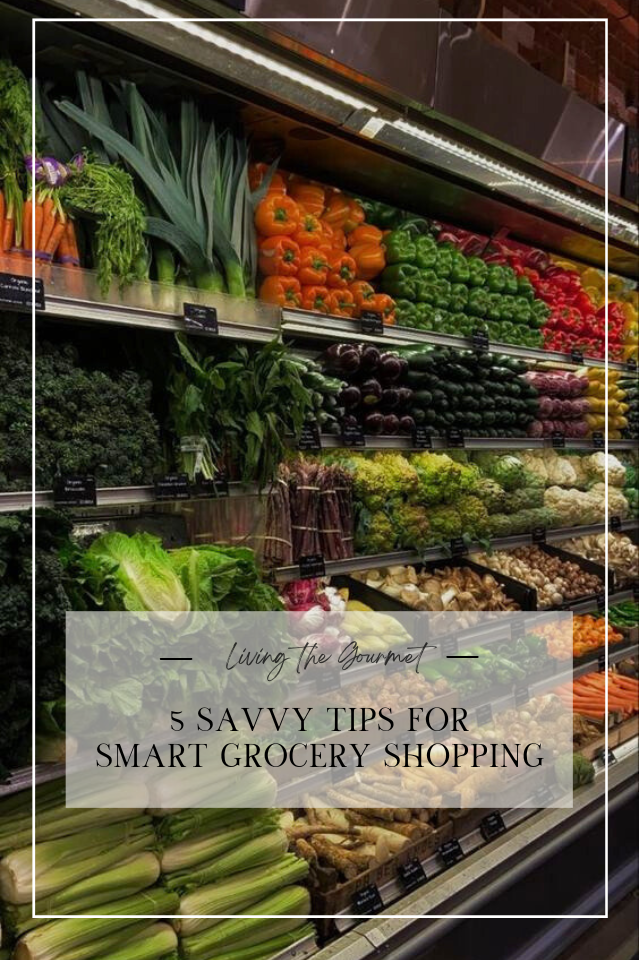




Beth says
I think all of us can use this. Inflation sent food prices through the roof. They say inflation is going down, but I haven't seen it at the grocery store yet.
Catherine Pappas says
I truly have not seen it either Beth.
angie says
I live by my list and menu it is what helps me stay straight thanks so much for the post and all the great tips
Catherine Pappas says
Dear Angie, I find that a list helps me stay on track for buying what I need only. I do make exceptions when I see something on sale that I didn't anticipate.
Laura says
Online shopping has helped me to keep track of my grocery spend. It prevents me from buying random stuff - I can easily stick to the list.
Catherine Pappas says
Yes, online shopping does help with that a lot! I find you only order what you need. I do like getting into the store though. It is fun to see the decorations and all the festivities of the season. It lifts the spirits.
Samantha Donnelly says
I mostly shop online so I am not swayed by what is in the shops, although we do shop in store some weeks, so I can see new ideas which works well
Catherine Pappas says
I do a combo of both as well. I like online for the convenience but the store can be fun and uplifting.
Luna S says
A shopping list is always helpful! I also try not to shop hungry, otherwise I end up buying one or two extra things I didn't plan on just because it sounds or looks good at the time.
Catherine Pappas says
I understand. Shopping when you are hungry is always guaranteed to bring home many things not on the list. I do like shopping both ways, online for convenience and in the store for fun and seeing everything up close.
Yeah Lifestyle says
I really need to try and meal plan more often. I often walk into the supermarket with an idea but should really have a list with me.
Catherine Pappas says
I really don't meal plan either. I never really have a plan. I just decide what sounds good and go there. I do try to stick to a list of essentials that are needed for most meals though. I also try to set a price limit each time I go and see how close I come to sticking to it.
Karen says
Thank you so much for the tips, they're amazing...What helped me a lot in keeping my budget in check was prepping our meals, this was a great idea, thank you so much.
Catherine Pappas says
Yes, prepping is a good idea. I really need to try harder to keep on track with that. I do try to set a budget and come close to sticking to it. I am glad you liked the article, Thank you.
David J Myers says
Catherine, We actually don't follow any of these guidelines except not shopping for groceries when we're hungry. We usually have a list of things we need but we tend to buy whatever catches our eye...although prime rib, ribeye steaks, etc. are so pricy that we skip by them. On the other hand, very little goes to waste in our house as I like leftovers and hate throwing away perfectly good food. Meal planning...never sooner than 2 days before we intend to eat something and its usually the night before when we decide what to have. Take Care, Big Daddy Dave
Catherine Pappas says
I understand. I try to keep a budget and plan a bit but it is hard to stick to a plan. I know. I also make a list now and it keeps me on track so things don't go over budget.
Kelly Anne says
Thank you so much for sharing these savvy tips for smart grocery shopping. It is something that I need to keep in mind for the Next shop.
Catherine Pappas says
Dear Kelly Anne, You are welcome. I am glad that you liked them. It is helpful for all of us these days to find ways to grocery shop and save a bit of money too.
Melissa Cushing says
I am bookmarking this post to come back to as it is packed with great tips and these days..... tips like these are a must!
Catherine Pappas says
Dear Melissa, I am so happy that you liked this article. Thank you. I truly hope that these tips are helpful to you.
angie says
Found this post very useful. Your tips offered perspective and something to think about. Thank you for sharing
come see us at http://shopannies.blogspot.com
Catherine Pappas says
Dear Angie, I am so happy that you liked this article. I hope that you find it useful in your everyday shopping.
Jupiter Hadley says
We always plan our shopping list and try to stick to it! It's a good idea to find apps that have coupons - I wish the United Kingdom had a better coupon culture.